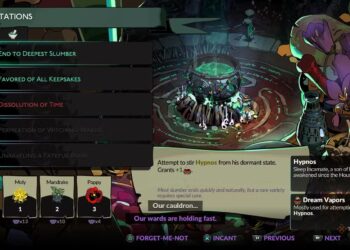Select Language:
The Impact of a World Divided into Four Equal Populations

1. Equal Distribution of Humanity Alters Global Power Dynamics
In a scenario where Earth’s population is split into four equal parts, the traditional dominance of certain nations becomes more balanced. Currently, a handful of countries hold significant influence due to their large populations and economic power. But dividing the world equally would diminish these longstanding hierarchies, with each of the four groups holding roughly 1.75 billion people. This reorganization could lead to a redistribution of political influence, with emerging nations gaining more prominence on the global stage, fostering a multipolar world where power isn’t concentrated in specific regions.
2. Cultural Diversity and Regional Identity Strengthen
With populations evenly segmented, cultural, linguistic, and religious identities within each group are likely to evolve uniquely. One group might predominantly feature East Asian cultures, while another could be composed mainly of African and Middle Eastern nations. The increased internal diversity within each segment could lead to stronger regional identities, as communities work to preserve their traditions amid new global arrangements. This restructuring might also encourage more cross-cultural exchanges within each bloc, highlighting regional strengths and fostering deeper understanding.
3. Economic Realignments Promote Resilience and Growth
An evenly split world would necessitate a rethink of global economic structures. Countries or regions with smaller populations could become major hubs of innovation, technology, and entrepreneurship to match the economic weight of larger populations today. Conversely, densely populated regions might face challenges with resource distribution, necessitating international cooperation to manage food, water, and energy supplies. The new landscape could encourage decentralization, with each population group developing tailored economic models conducive to their demographics and geographic realities.
4. Environmental Sustainability and Resource Management Improve
The global environmental crisis requires coordinated action. A world divided into four equal populations could lead to more localized approaches to sustainability. Smaller, more manageable groups might implement effective policies aligned with their specific environmental needs. For instance, eliminating the focus on global standards might encourage region-specific solutions—such as tailored renewable energy initiatives or conservation efforts. Additionally, balanced population sizes could ease pressure on natural resources, reducing environmental degradation and supporting biodiversity.
5. Challenges and Conflicts Arising from New Borders
Dividing the planet into four equal populations would not be without obstacles. Geopolitical conflicts could intensify as borders are redrawn or redefined, leading to disputes over territorial sovereignty. Differences in governance systems, economic development levels, and resource allocation might spark tensions, requiring robust diplomacy and international organizations to manage conflicts. Moreover, some regions might struggle with integration issues or the destabilizing effects of abrupt population shifts, emphasizing the need for strategic planning and cooperation.
6. Technological Collaboration and Innovation Spurs Global Progress
The new configuration could foster unprecedented levels of collaboration among the four groups. Each segment might specialize in different technological sectors, creating opportunities for knowledge-sharing and joint ventures. For instance, one group might lead in renewable energy tech, while another excels in medical research. Such cross-bloc partnerships could accelerate global innovation, addressing challenges like climate change, pandemics, and food security more effectively than ever before.
7. Healthcare and Education Systems Face a Global Overhaul
With populations evenly distributed, education and healthcare systems would need to adapt to the new demographic realities. Resources might be pooled across the four groups to ensure equitable access to quality education and medical care. Additionally, cultural sensitivities must be integrated into policy development to respect regional identities. International cooperation could lead to standardized benchmarks, pooling expertise and funding to combat health crises and improve learning outcomes worldwide.
8. Potential for Increased Peace and Cooperation
Although division often brings concerns about fragmentation, this equal population split could also pave the way for increased peace. With each group holding a roughly equal share of the world’s inhabitants, alignments might shift toward more balanced diplomatic relationships. Shared interests—such as climate action, technology advancement, and resource sustainability—may foster unprecedented alliances, reducing conflicts driven by uneven power dynamics of the past.
This radical restructuring of Earth’s population landscape presents both exciting opportunities and formidable challenges. As nations adapt to these hypothetical shifts, the future could see a more balanced, diverse, and collaborative world—if the right strategies and policies are implemented to navigate the complexities of such a profound transformation.






